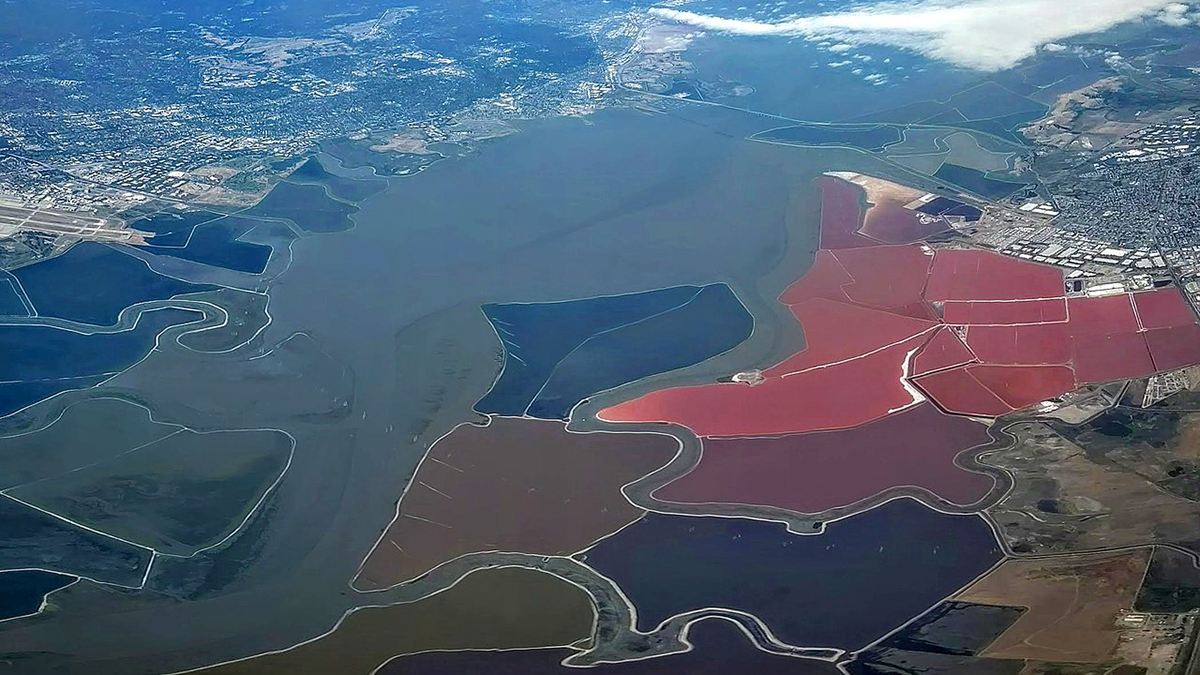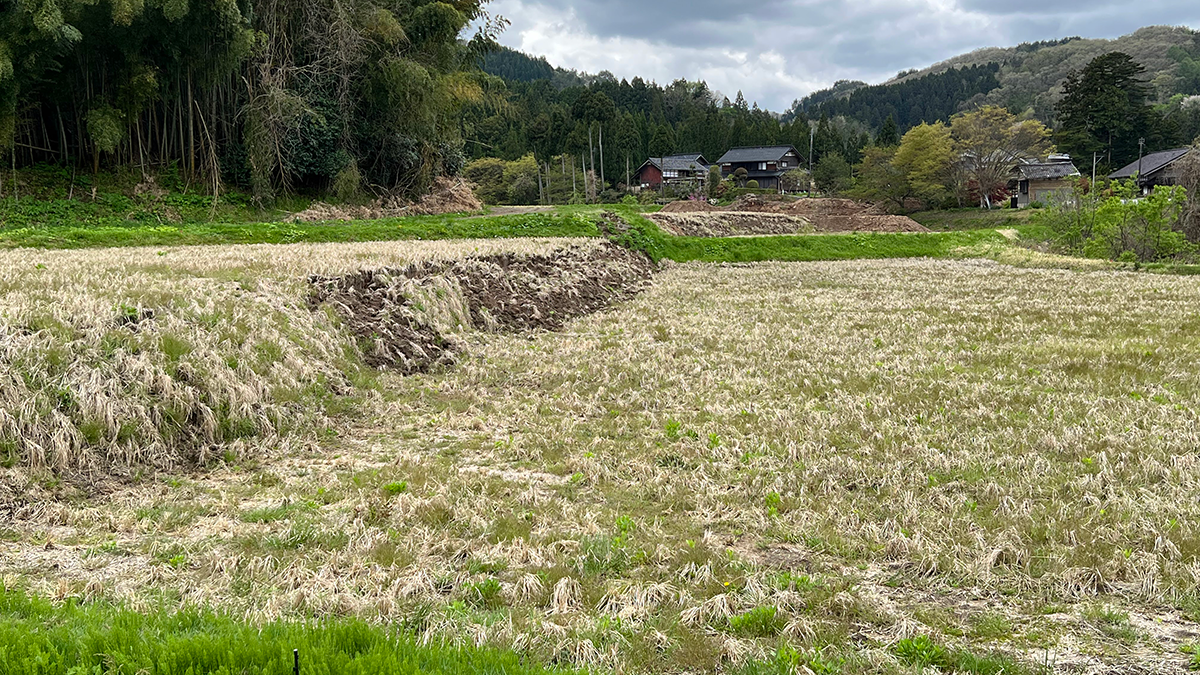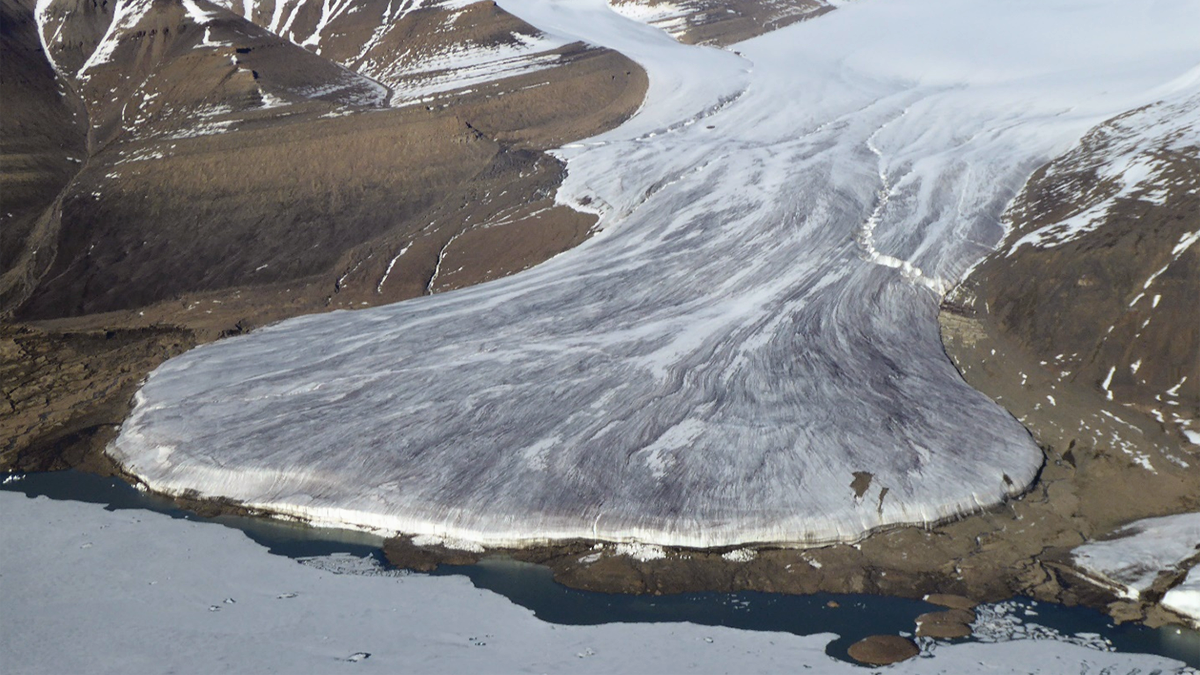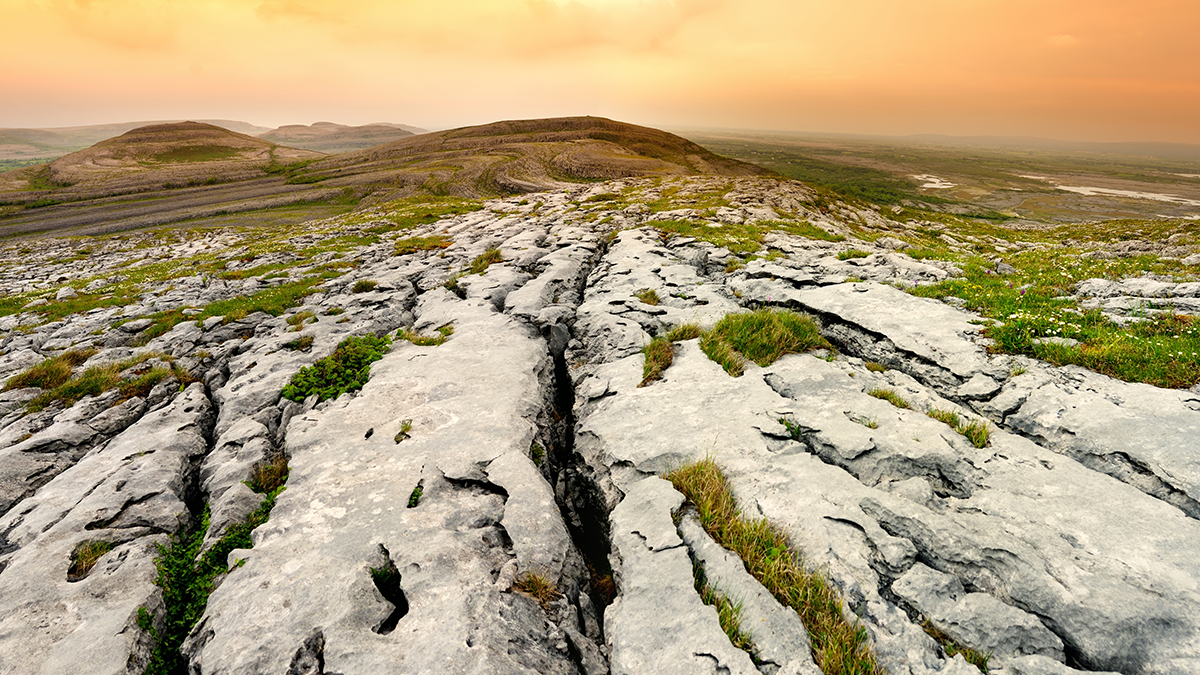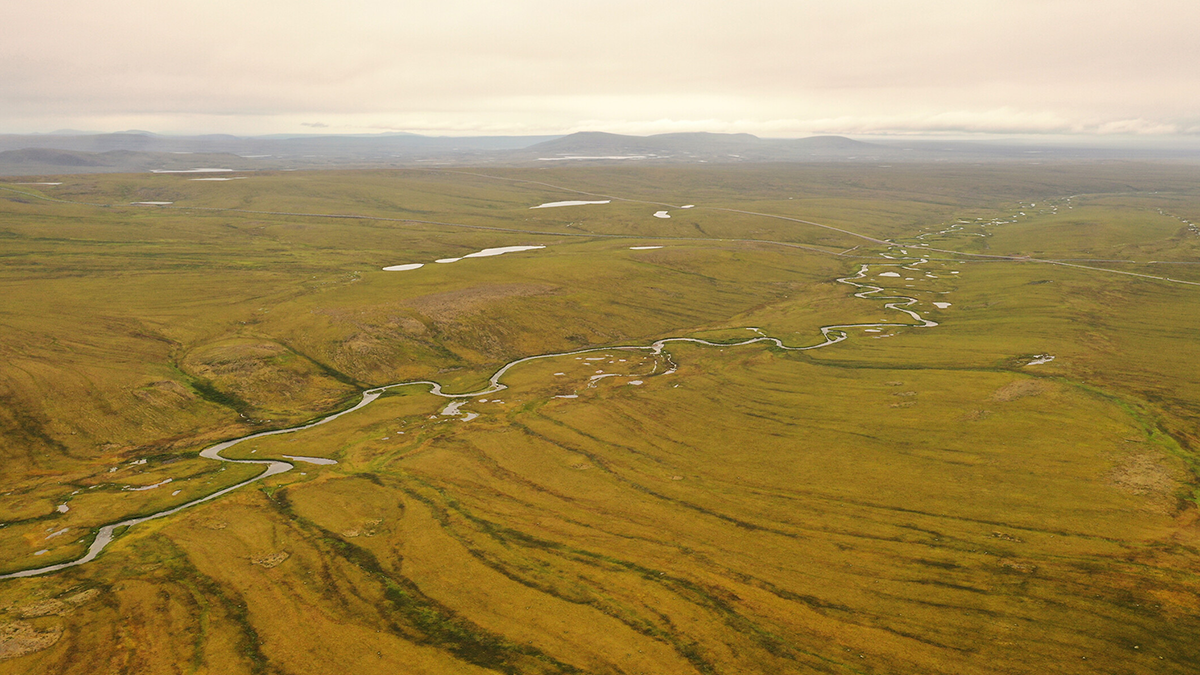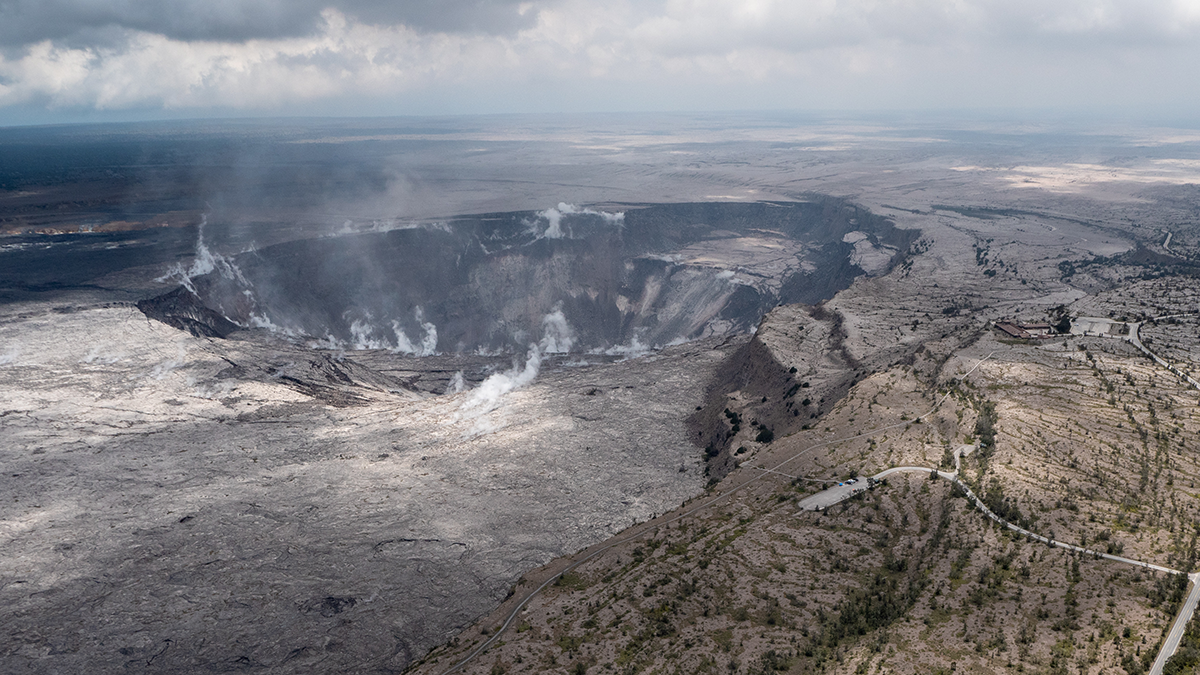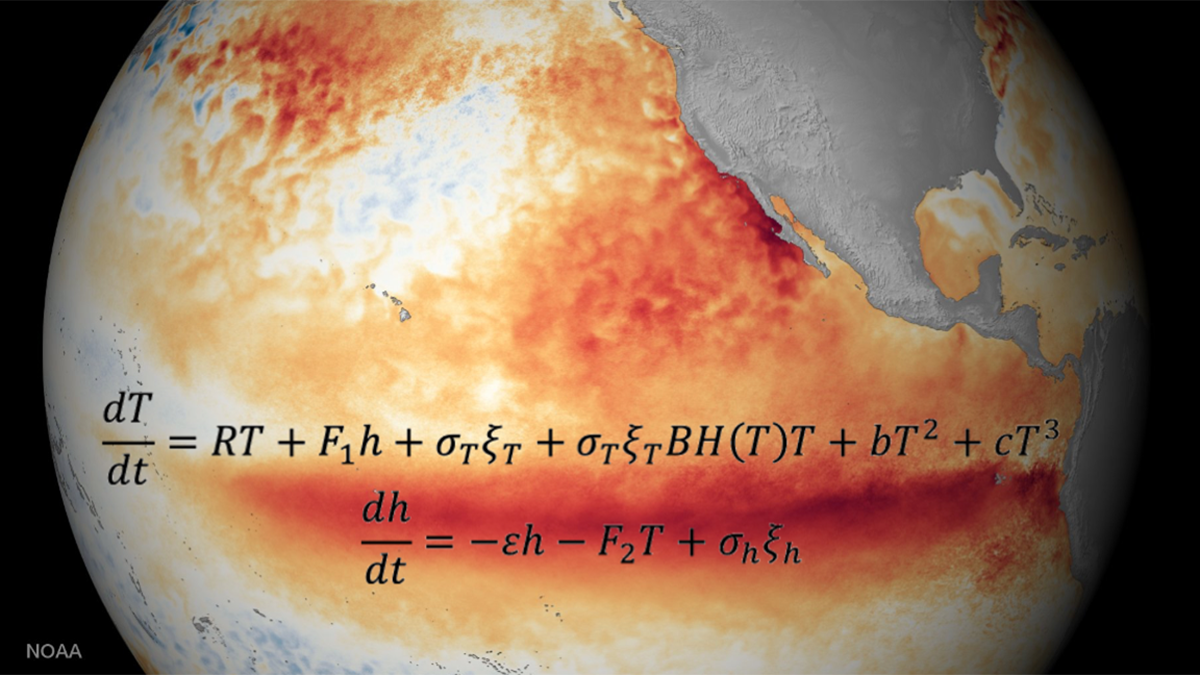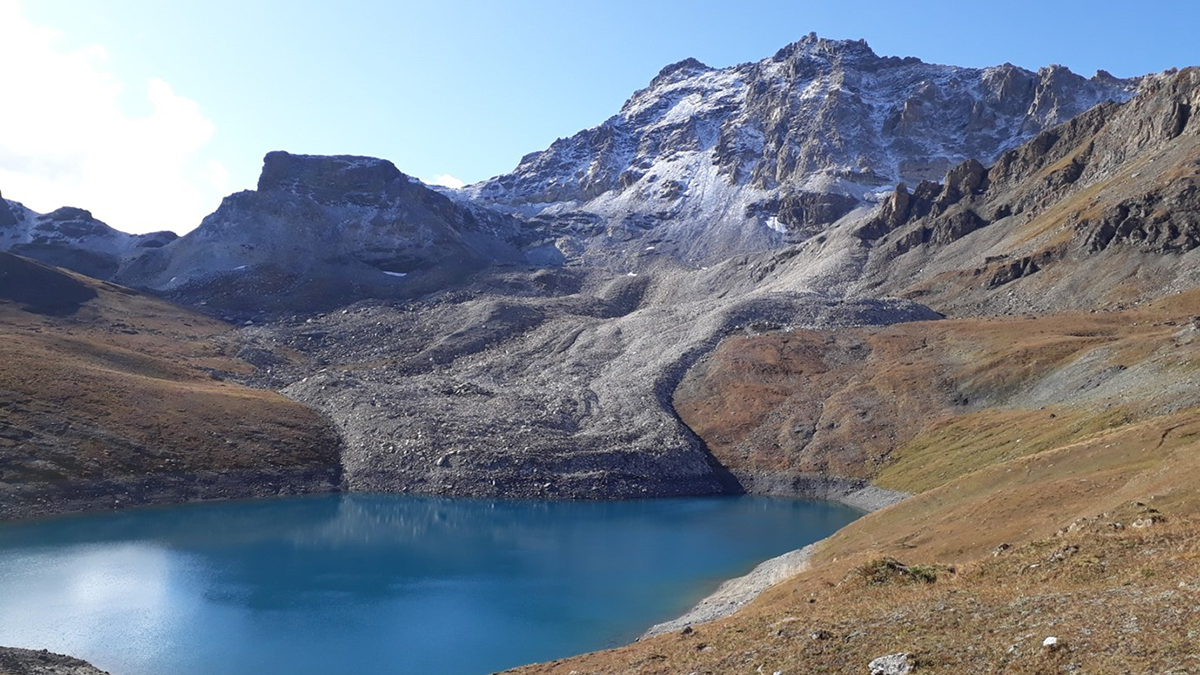Reclamation of tide-influenced areas has a large impact on coastal environments through gradual modification of tidal dynamics, erosion, and siltation.
Reviews of Geophysics
When the Earth Moves: 25 Years of Probabilistic Fault Displacement Hazards
Surface ruptures causing earthquakes pose risks to infrastructure and human lives, but advances in models and data in the last few decades have improved our ability to mitigate their effects.
How Glacial Forebulges Shape the Seas and Shake the Earth
A glacial forebulge is a bending-related upheaval of the lithosphere that has a strong effect on the sea level change pattern and on lithospheric stresses, which can induce intraplate earthquakes.
Waterworks on Tree Stems: The Wonders of Stemflow
Stemflow hydrodynamics offers rich physics that seeks to describe water and matter cycling within the atmosphere-biosphere-geosphere with implications for water resources planning.
Groundwater Pollution in Karst Regions: Toward Better Models
New advances in modeling contaminant transport offer a clearer picture of how to protect karst aquifers.
Water Tracks: The Veins of Thawing Landscapes
Tracing and tracking change in permafrost flowpaths could reveal the dynamics of warming poles.
Inside Volcanic Clouds: Where Tephra Goes and Why It Matters
Monitoring and forecasting the movement of volcanic clouds is key to mitigating the impacts on communities, infrastructure, and air traffic.
Rising Concerns of Climate Extremes and Land Subsidence Impacts
Increasing interplay among extreme events and land subsidence impacts calls for urgent mitigation and policy action to reduce detrimental ramifications to infrastructure and people.
Two Equations that Unlock El Niño
Despite the El Niño–Southern Oscillation’s global reach and complex ocean–atmosphere interactions across timescales, two simple, elegant equations capture its key dynamics and defining properties.
Rock Glacier Velocity: Monitoring Permafrost Amid Climate Change
The movement of unique landforms called “rock glaciers” give insight into how climate change is impacting permafrost in mountainous regions.

